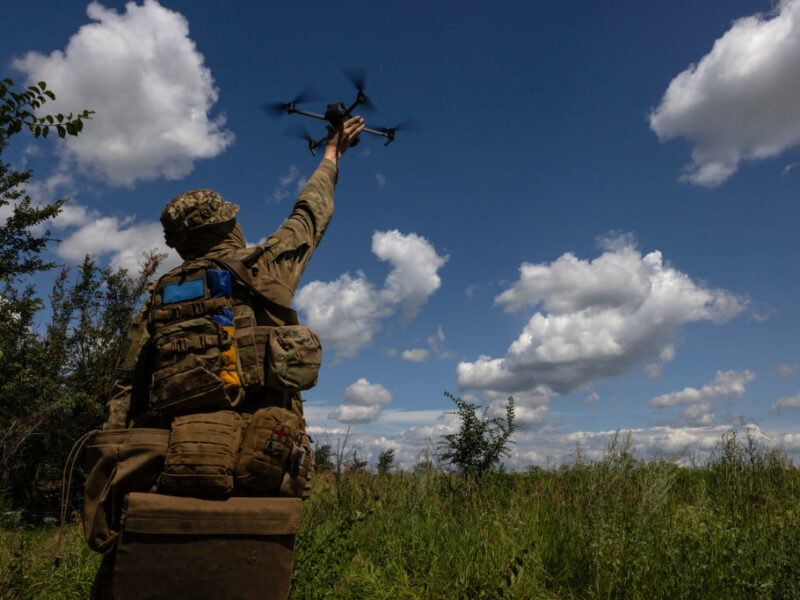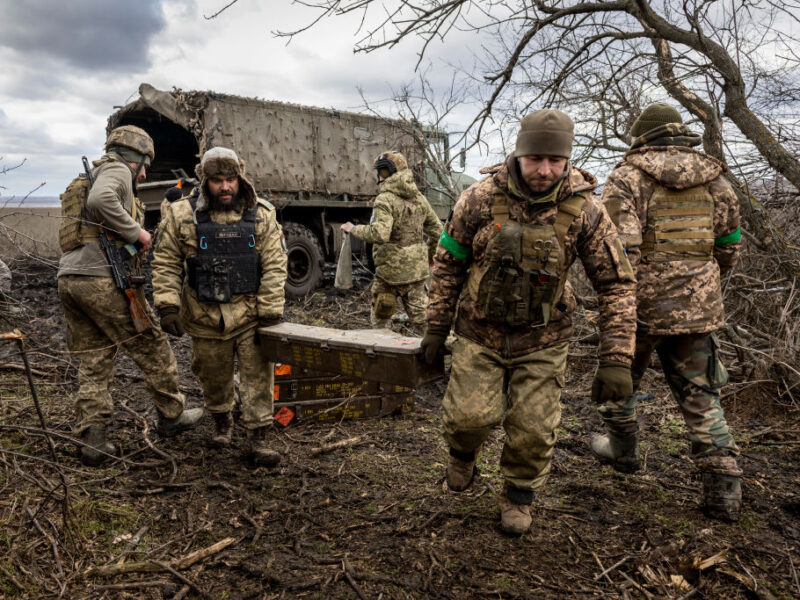Pointe Du Hoc Observation Post Reopening
WASHINGTON, D.C. – The observation post at Pointe du Hoc, the historic World War II battle site in France, will reopen to the public this fall – probably as early as September — U.S. Rep. Chet Edwards announced during a conference call Tuesday morning. The news was a reversal of predictions six years ago that the historic site would fall into the sea due to wind and sea erosion.
Edwards was joined on the call Tuesday by Max Cleland, secretary of the American Battle Monument Commission (ABMC), and Robert Warden, director of the Center for Heritage Conservation at Texas A&M University.
Pointe du Hoc is the historic battle site in Normandy, France where then-Col. Earl Rudder and the Second Ranger Division scaled cliffs to defeat Nazi gunners and help secure victory on D-Day in 1944. Rudder later became president of Texas A&M, and Pointe du Hoc became not only a historic part of the D-Day invasion and World War II history but also a source of pride for Aggies everywhere.
“As a graduate of Texas A&M, this site has a special significance to me, and it’s really something all generations need to be aware of,” Edwards said.
Pointe du Hoc has been closed to the public since 2001 due to dangers posed by 60 years of coastal and wind erosion. Edwards also spearheaded efforts to fund preservation efforts at the site, then the Center for Heritage Conservation conducted its engineering research.
Faculty members from Texas A&M had been collecting artifacts from Pointe du Hoc for years. In 2006-08, the center conducted studies of the cliff and made recommendations for restoring and preserving the crumbling site – work now being done by a French company after an agreement was reached between officials in the American and French governments.
As chairman of the Military Construction and Veterans Affairs Appropriations Subcommittee, which funds the American Battle Monument Commission, Edwards helped make funding for the project a priority. First, he helped secure $800,000 to begin initial studies at Pointe du Hoc, and in 2006, announced that the ABMC had selected Texas A&M’s Center for Heritage Conservation to help preserve the site and record its history. The congressman also supported Texas A&M’s application to head the project, coordinating letters of support to the ABMC from the U.S. Army Rangers and the Rudder family.
An additional $6 million was allocated for work to stop erosion at the base of the cliff and ensure the bunker’s stability based on recommendations made by the Texas A&M engineers. ABMC will also utilize $2.5 million to enhance the visitor center and build a walking tour of the battle site, keeping intact its unique history.
Cleland said Pointe du Hoc attracts the second-highest number of battle monument visitors in the world – second only to Normandy – and he projected that number will probably grow after the work on the observation post is completed.
“Re-opening this site will allow future generations to see, to evaluate and to understand the critical role it played in U.S. history,” Cleland said. “It is vital to understanding the role of D-Day in the history of the world.”
Edwards deflected praise from Cleland on his role in the restoration, saying, “I’ve just been the water boy in this process, but I’ve been impressed with the work of the American Battle Monument Commission and of everyone involved.”
Media contact: Kelli Levey, Texas A&M News & Information Services.





